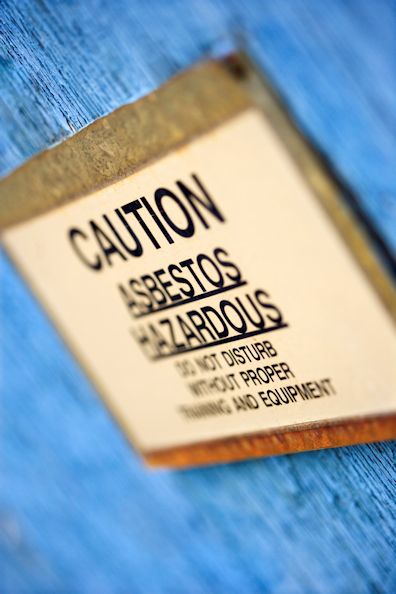Hazard Awareness
What are the Hazards?
The answer to this question may seem obvious, but seemingly obvious hazards can be easily overlooked. Many workplaces contain hazardous materials including raw materials (wood, metal, plastic) to be manufactured into finished goods, and toxic chemicals (solvents, acids, bases, detergents) used at various stages of the process. As an employee, being aware of these hazards is important to ensure your safety. There can be many hazards in the workplace, and being able to identify these hazards can help prevent accidental injury or illness.

Other hazards you should be aware of:
- Stationary machinery and equipment may not be properly guarded, or in poor working order because of poor preventive/corrective maintenance.
- Tools may not be properly maintained.
- Saws may not be sharpened, or safety harnesses may be old and in need of replacement.
- The work environment might include extreme noise, flammable or combustible atmospheres, or poor workstation design.
- Floors may be slippery, and isles cluttered.
- Guardrails, ladders, or floor-hole covers may be missing or damaged.
- Employees might be fatigued, distracted in some way, or otherwise lack the mental or physical capacity to accomplish work safely.
Some or all of these potential safety hazards may exist in the workplace. The list could go on and on. It's very important workers and supervisors are knowledgeable to ensure workplace hazards are identified and eliminated as soon as possible.
A proactive supervisor should encourage employees to report any potential hazards immediately. Safety should always be a company's first priority. Many businesses do place a high value on safety, but not all do.
Although an employer is responsible for identifying workplace hazards, you should be proactive about your safety and be aware of your environment and potential hazards.
Knowledge Check Choose the best answer for the question.
2-1. What should you do if you spot a hazard in your workplace?
You forgot to answer the question!
